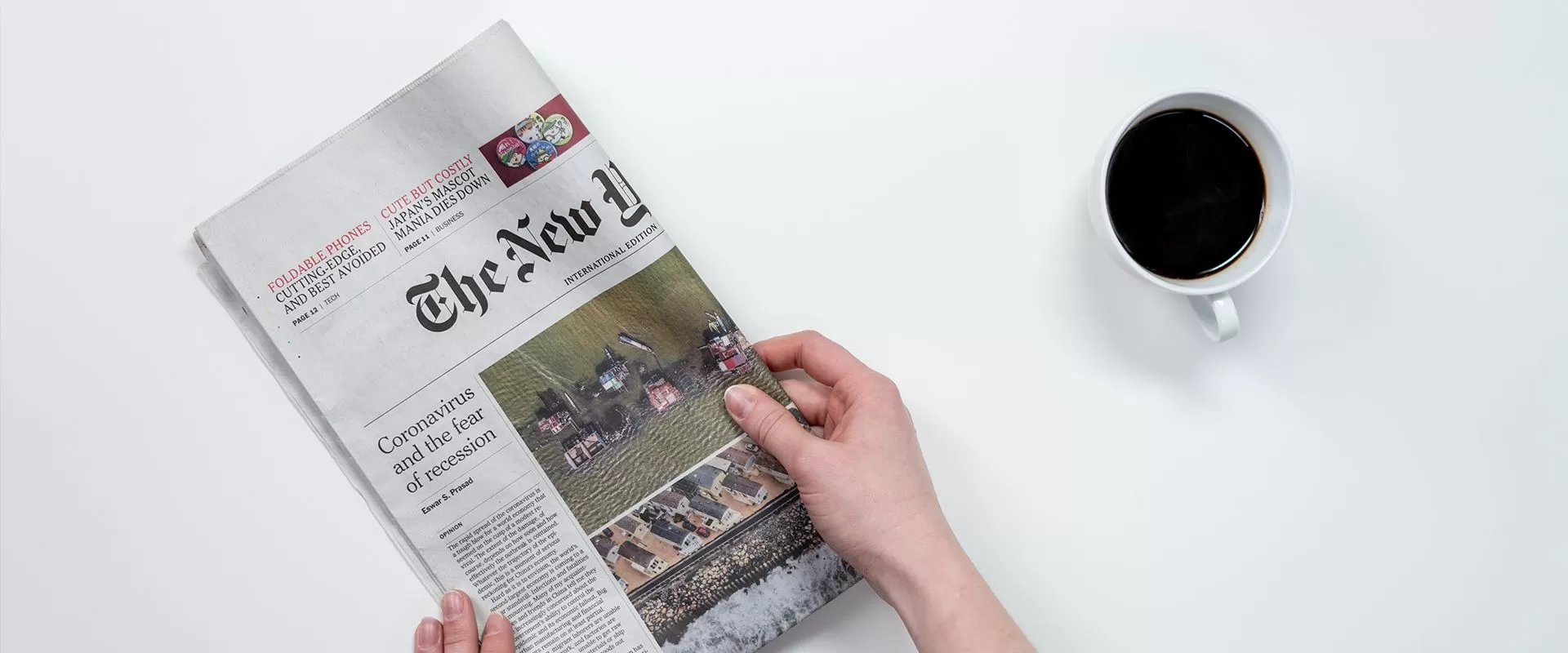Bite Testing: Evaluating The Effectiveness Of Bite Resistant Fabric
Bite-resistant fabric is a particular kind of cloth that is expected to be safe from the force of animal bites. This particular fabric is seen in various applications including personal protective equipment, handling of animals, and even in children’s toys. In this article, we will focus on the bite-testing process evaluation of the effectiveness of the bite resistant fabric.
Importance of Bite Testing
Bite testing is an important step in the process where an attempt is made to assess how much of wearing the fabric will be undone by the use of animal teeth. It helps in protecting and safeguarding people who may come within reach of vicious animals. Bite testing also gives very useful insight into the useful life of the fabric and this ensures that producers will enhance and perfect their products.
Methods of Testing on Bite Resistance Fabrics
The effectiveness of fabrics is tested using several test methods. One such method is the inclusion of standardised testswhich involves the use of metal plated teeth which are fixed and simulate bite by applying pressure to cut through as the teeth are pressed. Another aspect is the live animal experiments where the fabric is put on the teeth of the fully trained animals and the investigator measures the amount of force that was exerted orally and how much damage was done to the material.
Variables that Determine the Bite Resistance Capacity of the Materials
The factors that determine the effectiveness of bite resistant fabric include fibre type, warp & weft and count, fabric construction, and treatments. Today we have available high-performance fibers which are preferred over others for their strength and tear-resisting capabilities. Further, a fabric with tighter weaves and higher thread counts can also increase resistance to bites
Applications of Bite Resistant Fabric
The scope of bite resistant fabric goes far beyond just personal protection. It is reinforced on animal control gear such as leashes, muzzles, and sometimes veterinary gloves. In the case of zoos and wild animal sanctuaries, bite-resistant fabric is used in the construction of barriers so that neither animals nor humans sustain injuries. Further, it is also used for military uniforms, police uniforms, and prisons against aggressive behaviors.
Wrapping up the key thought is that a bite test is essential in determining the review of the fabric classified as bite-resistant. By making use of various testing methodologies and understanding other conditions that might pose a threat to the integrity of the textiles, manufacturers are in a position to avail quality surfaces that guarantee the safety of all creatures. At NIZE, we fully understand the functional and aesthetic requirements of hence manufacturing premium quality heavy-duty bite-resistant fabrics is our claim.

 EN
EN





































